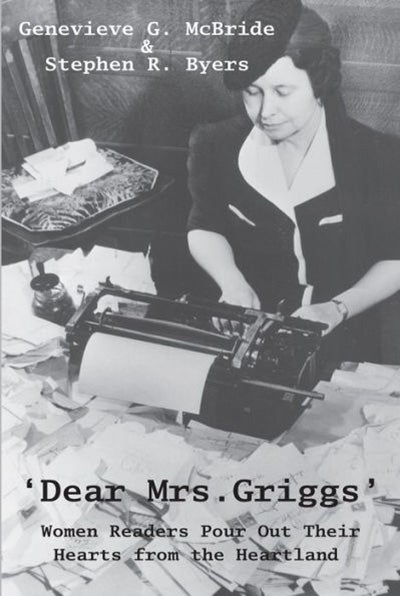If you covered crime in 1920s Chicago, you knew her: a short woman who dressed like a fashionable flapper, never took off her hat, and would probably beat you to the juiciest story in town. Her name was Ione Quinby—an intrepid “girl reporter” who helped pave the way for women in journalism. Genevieve G. McBride and Stephen R. Byers attempt to recover her legacy—a daring one that was missed by colleagues who tended to see her as a novelty.
“Best known for reportage that reframed women as news,” Quinby had “unquenchable” ambition. At the time, women rarely wrote front-page news. Women’s journalism was often relegated to its own advertising section, and male reporters resented women in the newsroom.
But Chicago was the perfect place for a reporter like Quinby to flourish. Its competitive media landscape and penchant for crime led to a demand for juicy front-page reportage, and Quinby fought her way in. Writing about zany first-person experiences was one way for a woman to get her foot in the door, and Quinby translated her “stunt stories” into feature assignments.

Like other women journalists, Quinby was often pigeonholed as a “sob sister” for her skill at recognizing emotional details in her coverage. But despite the moniker, Quinby brought skepticism and elan to her work at the Chicago Evening Post. As more and more women were prosecuted for and convicted of high-profile crimes throughout the ’20s, Quinby was there at the jail and the courthouse. She did more than cover women: As McBride and Byers note, she also wrote compelling sidebar content about side players, victims, and members of the courtroom audience. She gained a national audience, too, through syndication and freelance work.
The glory days of Chicago journalism ended with the Depression, and Quinby lost her job when the the Post was acquired by the Chicago Daily News. By then in her forties, Quinby had ridden her “girl reporter” image as far as it would go. She closed up shop as a journalist and got married. (Tragically, her marriage only lasted thirteen months; her new husband was killed in a car crash in 1933.)
Weekly Newsletter
Now Ione Quinby Griggs reinvented herself and began “Dear Mrs. Griggs,” an advice column for the Milwaukee Journal that would assume legendary status over the next fifty-one years. She likely wrote fifteen thousand advice columns during her second career.
It would take until the 1960s for women reporters to regain the ground their predecessors had gained in the Roaring Twenties. But “If her personal ‘sob story’ had taken the byline of Ione Quinby off of the front page in Chicago,” McBride and Byers write, “other women journalists would follow with front-page stories of women’s progress in many cities and elsewhere, owing to coverage of women in the 1920s as they never had been covered before.” Women still have to fight for bylines—according to a 2019 Women’s Media Center report, nearly 60 percent of print news is written by men. But because of intrepid women like Ione Quinby, women are a given in journalism.







